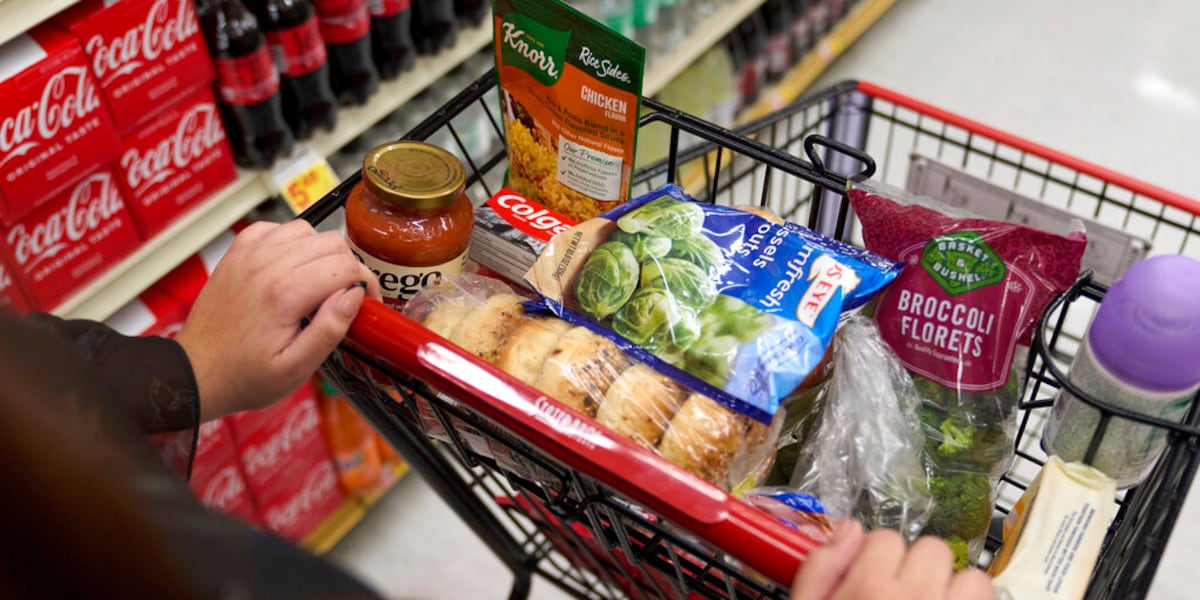Cuts Loom for Idaho’s SNAP Program


Concerns Grow Over Proposed Cuts to SNAP Benefits for Low-Income Families in Idaho
TWIN FALLS, Idaho – The Supplemental Nutrition Assistance Program (SNAP) plays a critical role in supporting low-income families across the United States by providing essential food assistance. However, recent developments signify a potential shift in the program’s parameters under President Trump’s newly enacted One Big Beautiful Bill Act, which passed earlier this month. This legislation raises concerns about possible reductions in SNAP benefits for residents in Idaho’s Magic Valley region.
Randy Wastradowski, executive director of The Valley House, a non-profit organization that offers shelter and food assistance, expressed his apprehension regarding the potential impact on clients. “It might affect some of our clients based on how much they’re getting,” he stated, illustrating the direct link between policy changes and the well-being of vulnerable populations.
In the wake of this legislation, apprehension has spread among recipients of SNAP benefits in Twin Falls. Many families may find themselves relying more on local food banks to supplement their food security as benefits are potentially reduced. “We provide food bags once a month for people that need it, so depending on our inventory, we will strive to maintain support as necessary,” Wastradowski added. The Valley House currently shelters around 150 individuals, and while some may face the brunt of potential SNAP cuts, Wastradowski assured that the organization will continue offering weekly food boxes to shelter residents, ensuring they are adequately nourished.
The law, advocated by House Republicans, seeks to “restore integrity” to the SNAP program by instituting new work requirements for specific demographic groups. Previously exempt individuals—including parents with children older than 13 and those aged 55 to 64—are now subjected to additional employment stipulations. Noncompliance with these requirements may result in reduced assistance or even termination of benefits.
According to the Idaho Department of Health and Welfare, there are currently 8,781 individuals in Twin Falls County who rely on SNAP benefits, encompassing children, adults, and seniors. The department noted that statewide, over 130,000 Idahoans depend on SNAP to meet fundamental food needs. A representative from the department articulated the potential consequences of the newly imposed eligibility and participation criteria, warning that “any changes could impact these households significantly.”
While some may view work requirements as a pathway to encouraging self-sufficiency, evidence from various studies suggests that such mandates do not necessarily result in increased employment among SNAP recipients. The Idaho Department of Health and Welfare maintains that the intent of SNAP is not as a permanent solution but rather as a stopgap to foster employment and independence.
As discussions around SNAP continue, the implications for Idaho’s most vulnerable populations remain a pressing concern for community leaders and advocates alike. Continued vigilance and adaptive measures will be critical in navigating the evolving landscape of food assistance in the region.





